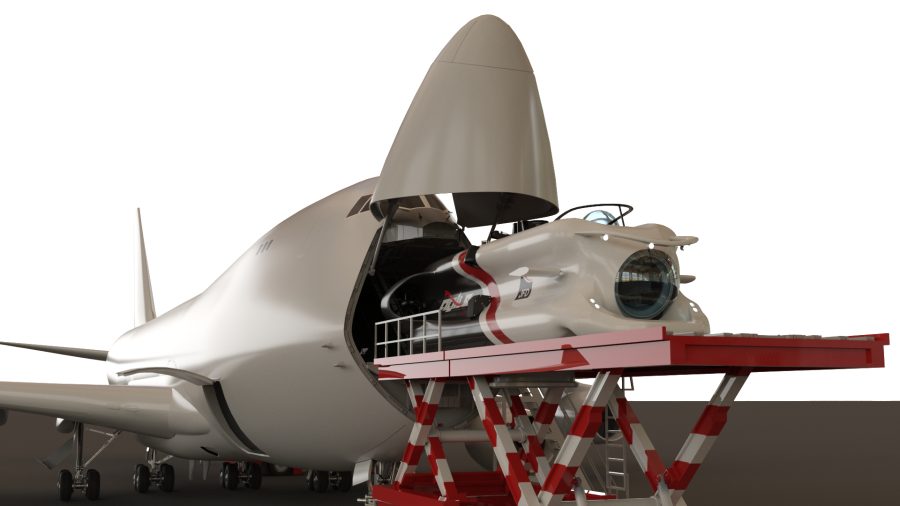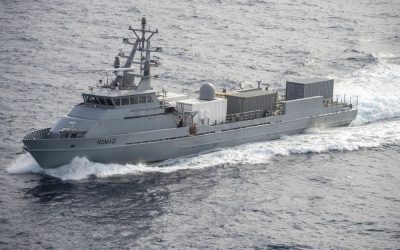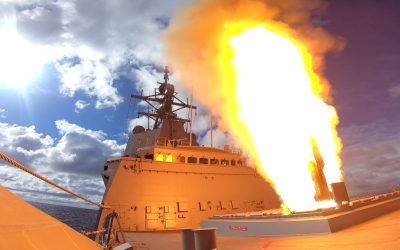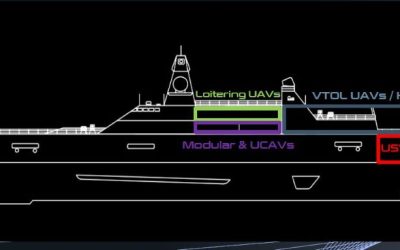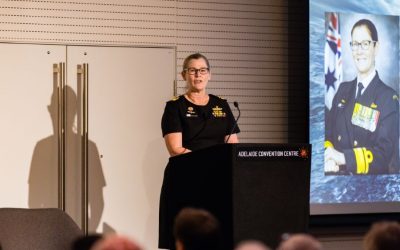JFD’s latest submarine rescue system is designed for accelerated mobilisation, optimised transportability, improved configurability and greater versatility, writes David Foxwell
Subsea engineering and services group JFD has unveiled a fourth-generation submarine rescue system conceived to afford reduced response time and a high level of mobilisation flexibility.
Developed in order to simplify transportation and improve system safety when responding to a Distressed Submarine (DISSUB) incident, the new system goes by the proprietary name AGILE, and has a new system architecture that builds on JFD’s four decades of experience in the design and build of submarine rescue systems, on-call submarine escape and rescue service provision, and delivery of worldwide in-service support.
The proposed solution – engineered to realise improvements in response, transport, mobilisation, rescue and aftercare – is a completely modular and containerised system that incorporates proven technology from the commercial diving industry. This includes technology from the company’s own ‘Divex’ and ‘Fathom Systems’ brands to enable enhanced atmosphere monitoring, environmental conditioning and hyperbaric monitoring capability.
Submarine accidents are infrequent and operators generally place great emphasis on safety: the design, construction, operation, and support of submarines is developed and controlled so as to reduce the risk of an accident occurring to as low as reasonably practicable. However, there is always a risk that a boat may become stranded at a depth where the crew onboard survive but require rescue assistance. To achieve this, a number of navies maintain specialist submarine rescue systems and trained personnel on permanent standby to mobilise in response to a DISSUB event. Others employ contractor-operated services to maintain and deliver submarine rescue services on their behalf.
Contemporary submarine rescue systems are a complex amalgam of a number of components, reflecting the different interventions necessary to locate the submarine, survey the DISSUB site, deliver emergency life support (such as oxygen candles and carbon dioxide scrubbing), effect a rescue at depth, and then safely transfer personnel into a surface decompression and treatment facility. While some hardware is based on technology familiar to the commercial offshore industry, other systems – notably the undersea rescue vessels used to transport escapees to the surface – are largely bespoke in their design. Moreover, these systems must be packaged such that they can be rapidly mobilised and transported over distance, and then quickly reassembled and set-to-work on a suitable vessel of opportunity (VOO).
JFD is currently submarine rescue partner to the UK, France and Norway (via the NATO Submarine Rescue System [NSRS]), South Korea, Australia, and India. In the latter case, the company has delivered two complete ‘flyaway’ submarine rescue systems to the Indian Navy, each of which comprises a DSAR-650L free-swimming submarine rescue vehicle (SRV), launch and recovery system equipment, a Transfer Under Pressure system, an SMD Atom intervention remotely operated vehicle, and an EdgeTech 4200 series towed side scan sonar, plus all logistics and support equipment required to operate the service.
JFD describes the Indian Navy’s submarine rescue systems as ‘third generation’ and, according to the company, this characterisation reflects JFD’s focus on optimising the design and packaging of the full ‘system of systems’ to minimise the Time to First Rescue (TTFR) while at the same time ensuring a robust and reliable design.
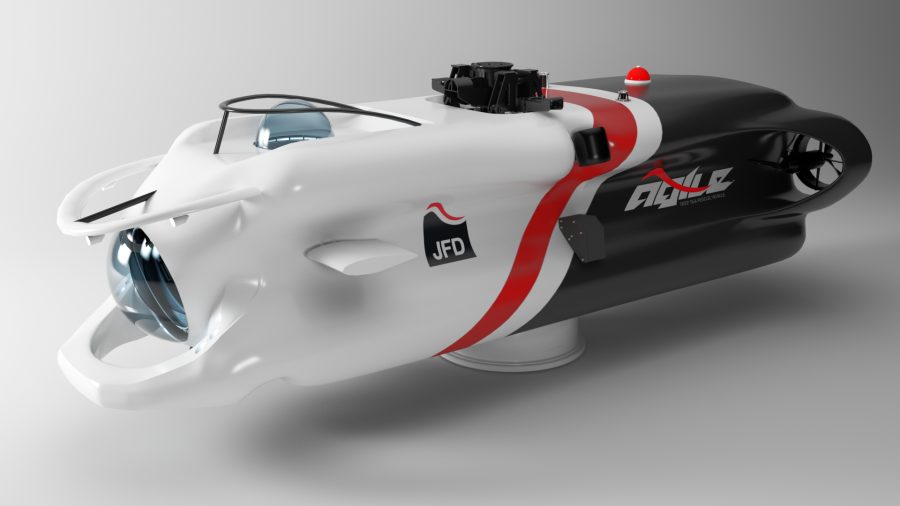
JFD has further developed its free-swimming DSAR submarine rescue vehicle to include a new control system, upgraded propulsion, and new batteries
The fourth-generation AGILE system builds on this pedigree but introduces a number of new features designed to accelerate mobilisation, optimise transportability, improve component configurability, simplify the VOO interface, and enable intrinsic versatility for different concepts of operation (CONOPS). The design adopts a greater degree of modularity so as to reduce the complexity of core mobilisation operations in order to reduce the TTFR. Furthermore, JFD believes these improvements will also significantly improve system maintainability and mitigate against obsolescence so as to assure ‘rescue ready’ availability, characterising the design as ‘future-proofed’ to incorporate advances in automation.
One key aspect of AGILE is its transportability, with the company claiming a first in that the full submarine rescue system will be suitable for air transportation in a standard commercial aircraft, including the widely used Boeing 747F Cargo aircraft. This stands in contrast to existing systems that rely solely on large military airlifters – such as the An-124, C-5 Galaxy and C-17 – able to carry significant ‘outsize’ loads.
According to JFD, the limited availability of large military cargo aircraft imposes a significant constraint on transport options. Accordingly, the ability to package AGILE system components inside a commercial air freighter significantly expands the range of available air transport options.
Another important feature of AGILE is that it is designed for use with standard air transport pallets, also known as a unit load device. These pallets are designed to work efficiently with airport handling equipment used to move cargo on the ground and loads them onto aircraft.
The company adds that AGILE’s flexible, containerised configuration simplifies both road transport and mobilisation challenges. Furthermore, system modularity and reduced form factor reduces the number of flights required, ensuring that the submarine rescue system can be air-lifted to the operations area as quickly as possible and so reach the DISSUB location within the 72 hours’ TTFR window.
AGILE is designed to adapt to different CONOPS according to the DISSUB’s circumstances and availability of VOO platforms. The system footprint can be optimised to the rescue scenario, and the number of available VOOs is increased through a high level of deck ‘configurability’ to meet the requirements of different vessels. JFD has sought to simplify and accelerate the embarkation phase onto a vessel through concurrent sub-assembly, reduced ship interfaces, and optimised process implementation by minimising requirements for cranes and welders.
As part of AGILE, the company has undertaken work to further develop the free-swimming DSAR SRV previously introduced as part of its third-generation submarine rescue solution. Specific SRV improvements include a new control system, upgraded propulsion, and new batteries.
The concept behind AGILE has been developed by JFD over the last two years to address a number of market opportunities expected to appear in Europe and the Indo-Pacific over the next decade. These include a replacement for the current NSRS and next-generation submarine rescue systems for the US Navy and the Royal Australian Navy.
